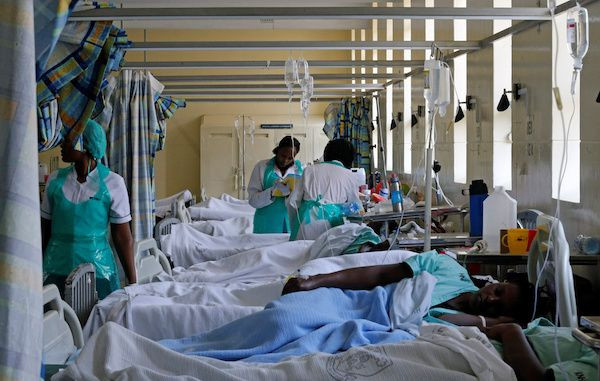Can AI Predict Death? Using Machine Learning Could Improve Palliative Care

While the use of artificial intelligence to predict deaths may sound ludicrous, researchers are trying to establish the technology’s potential in alerting physicians and medical professionals of patients that are at greater risks of dying in the near future. This way, doctors can administer the right end-of-life approach in dealing with the patients and their loved ones.
A team at Stanford University has examined the use of artificial intelligence in palliative care in their paper “Improving Palliative Care with Deep Learning” published on the arXiv preprint server. Researchers used the machine learning technique called deep learning, which utilizes neural networks to filter and learn from massive data, in the study.
What they did is come up with a model and fed its deep learning algorithm with data from the Electronic Health Records of 2 million adult and child patients admitted to either Stanford Hospital or Lucile Packard Children’s hospital. The AI then gives its predictions on which patient is likely to die within the next three to 12 months.
In the real world, the timeframe used in the study is actually too little for the preparations needed in palliative care, according to Spectrum. However, team member and PhD candidate in computer science at the AI Lab of Stanford University Anand Avati assured, “We could build a predictive model using routinely collected operational data in the healthcare setting, as opposed to a carefully designed experimental study.”
One major concern with the team’s model is the black box nature of deep learning. What this means is the algorithms involved are unexplainable even to the creators. There is no easy way of telling why deep learning churns out a particular result. Thus, the Stanford group’s model couldn’t really back its mortality predictions.
Fortunately, the palliative care team is more focused on identifying patients who need their attention and not why the deep learning algorithm predicted a specific patient to likely die within a year. This also makes the model a good source of information on which patients must be given end-of-life care, instead of which patients need to have a particular kind of treatment to survive.
“We think that keeping a doctor in the loop and thinking of this as ‘machine learning plus the doctor’ is the way to go as opposed to blindly doing medical interventions based on algorithms… that puts us on firmer ground both ethically and safety-wise,” Stanford University research scientist Kenneth Jung said.
“We want to make sure the sickest patients and their families get a chance to talk about what they want to happen before they become critically ill and they end up in the ICU,” Jung added.
© Copyright IBTimes 2024. All rights reserved.





















